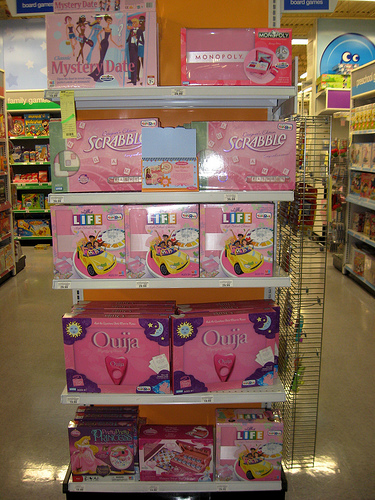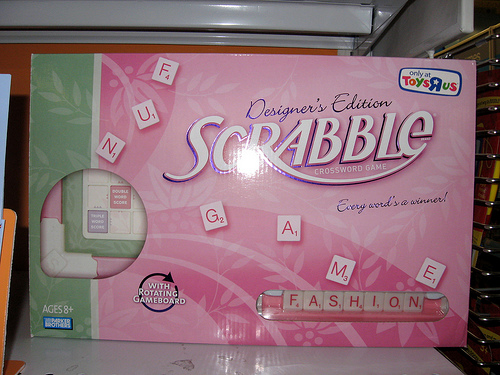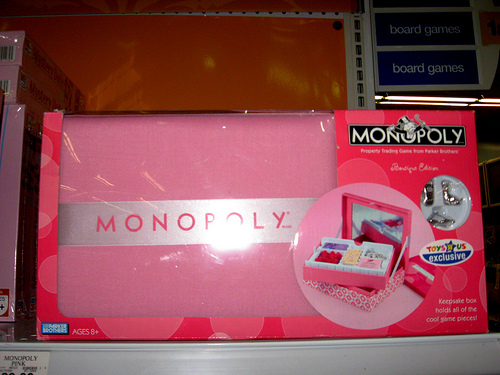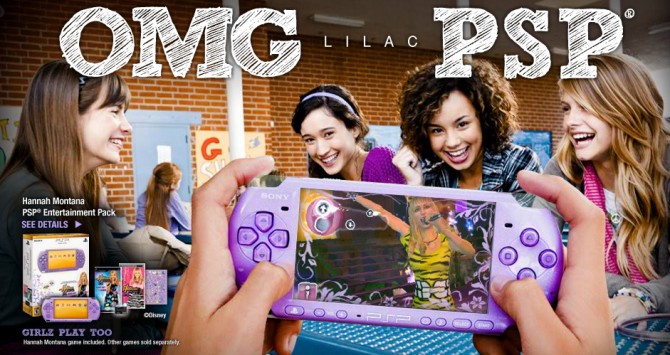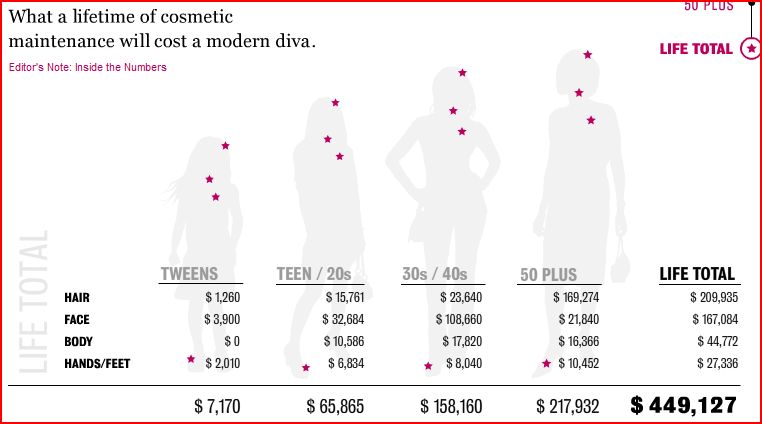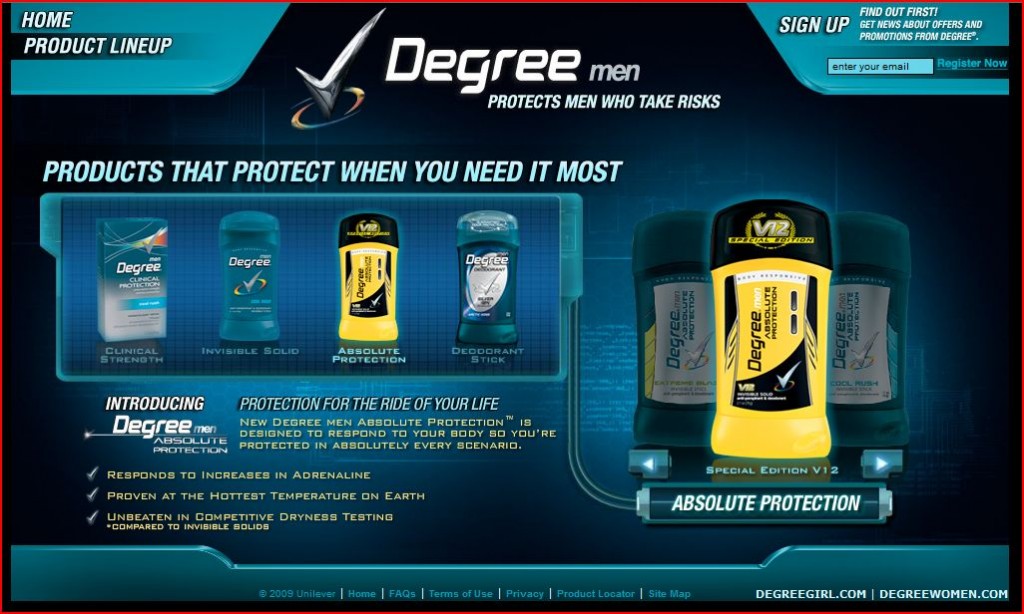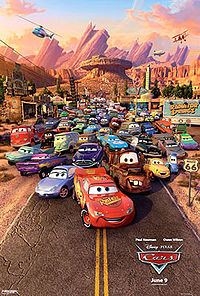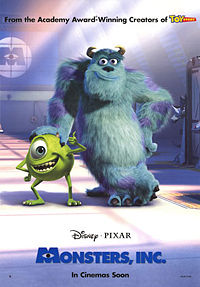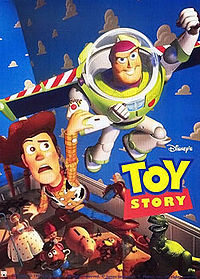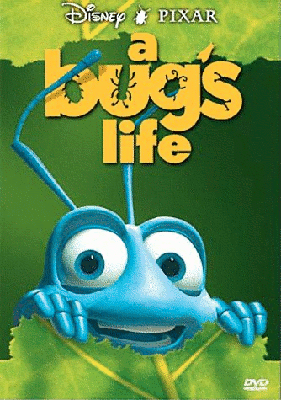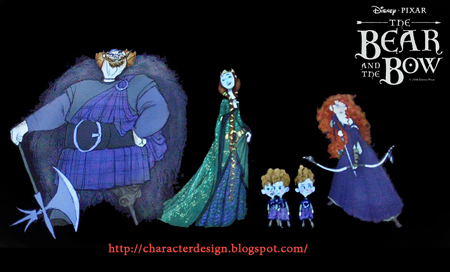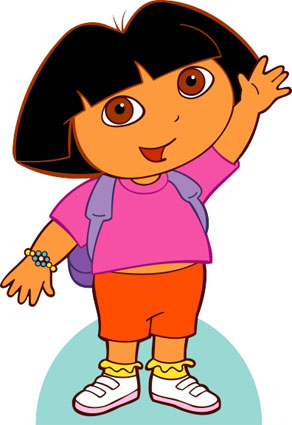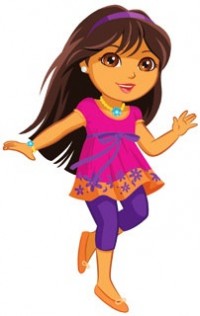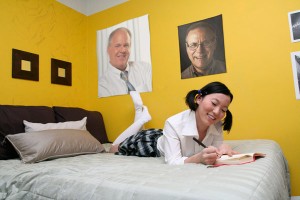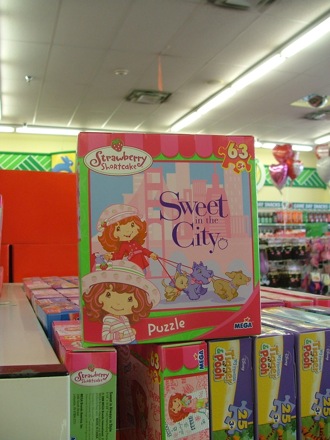
Jason S. sent in this clip of a convention for (parents of) infants, toddlers, and tweens called Baby and Tweens Celebration L.A. It’s an example of the hyper-consumerist mentality that now surrounds child-raising, at least for the upper-middle classes and higher. It’s also an example of the way that young children, especially young girls, are encouraged by some forces to think of themselves as “princesses.” Many parents (literally) buy into this idea of what a (girl) child should be like. It has not been this way throughout history and is not this way across cultures.
[youtube]https://www.youtube.com/watch?v=HR6DpbDoyuc[/youtube]
Related posts: baby couture magazine, babies are born 2 shop, future trophy wife and milf t-shirts, boob job piggy bank, Strawberry Shortcake in the City, bangs for baby, beauty spending over a lifetime, modernizing the fairy tale, and girl culture.
—————————
Lisa Wade is a professor of sociology at Occidental College. You can follow her on Twitter and Facebook.
Lisa Wade, PhD is an Associate Professor at Tulane University. She is the author of American Hookup, a book about college sexual culture; a textbook about gender; and a forthcoming introductory text: Terrible Magnificent Sociology. You can follow her on Twitter and Instagram.

